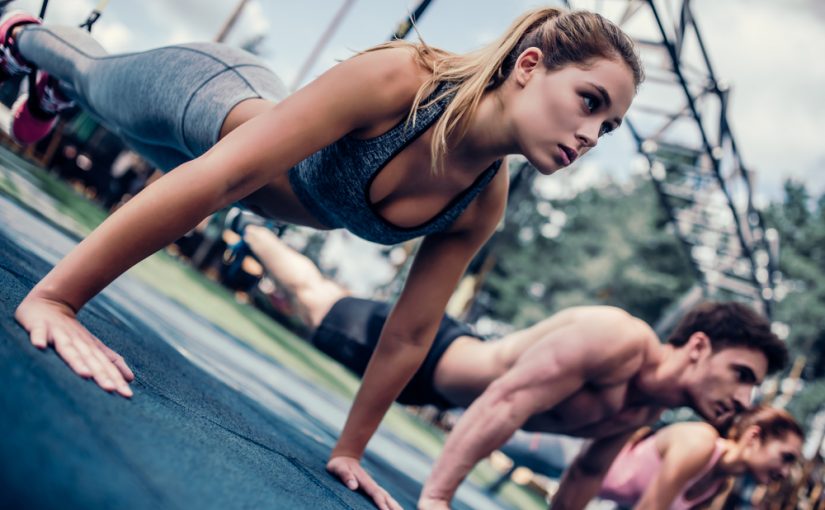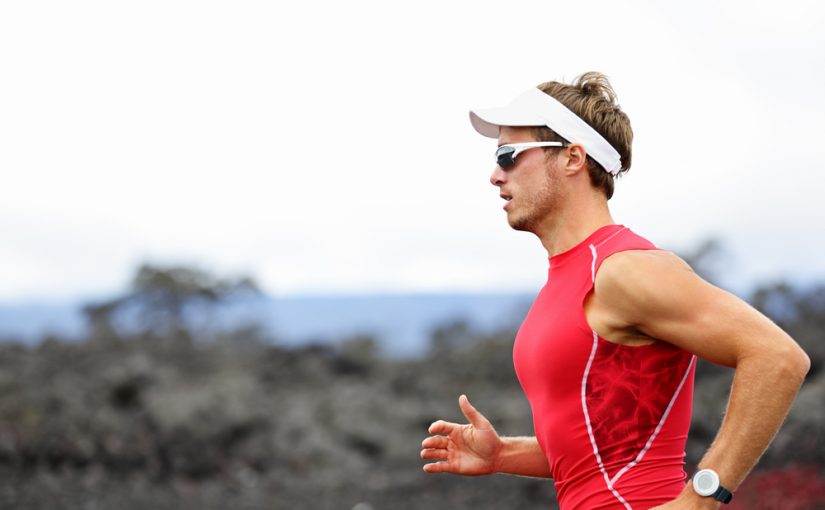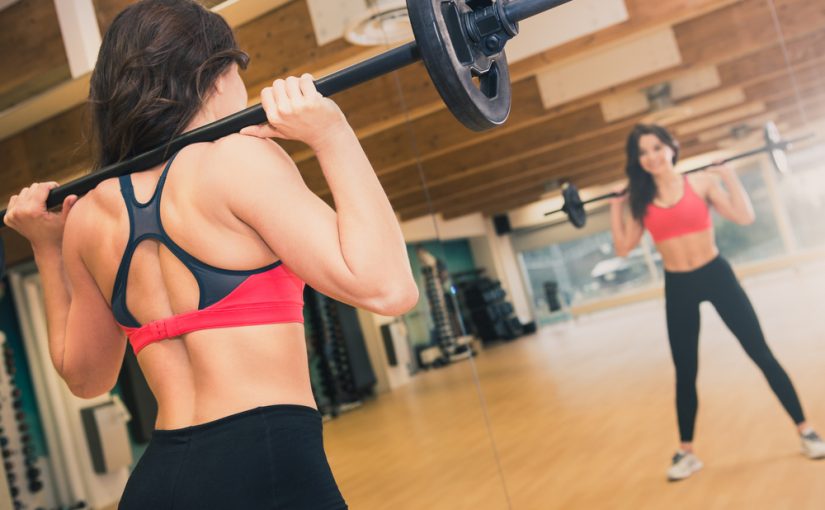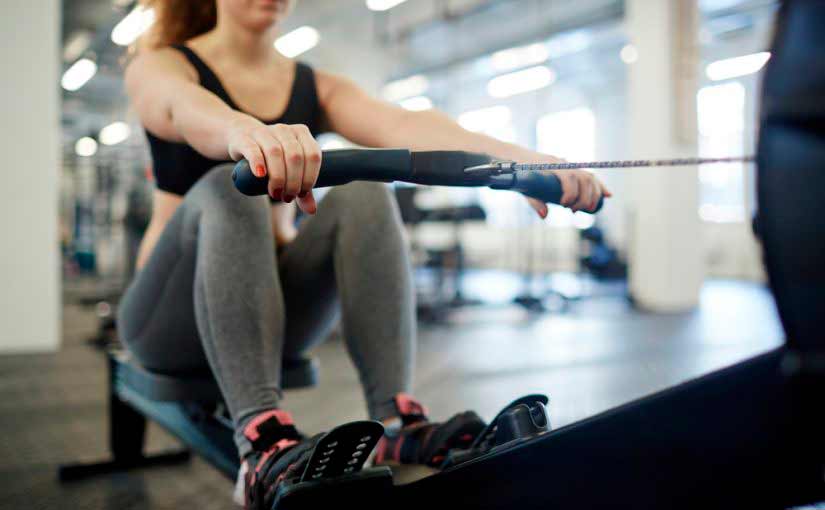If you love swimming and practicing this sport you feel like a fish in water, discover the accessories that can help you improve your swimming workouts. With them you will gain technique and beat your own records.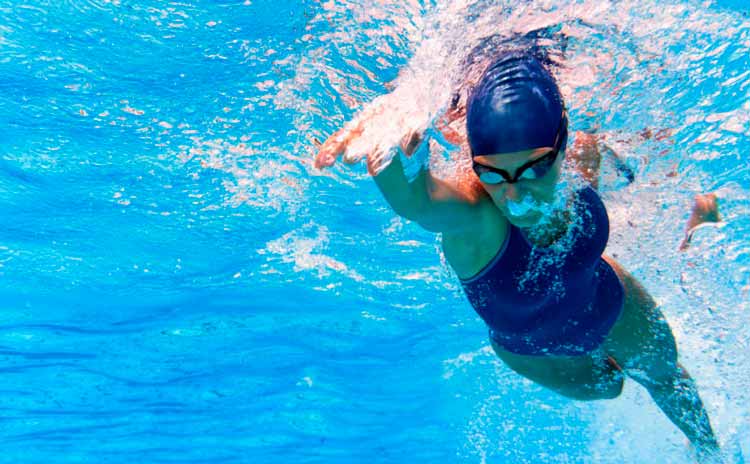
Speed, power and resistance in the water are some of the aspects that improve with effort and based on hours of stroking. In addition, you have accessories for swimming training that are especially effective when it comes to working on specific styles and correcting small defects. Getting more power in the legs, increasing the speed when sliding or strengthening the trunk , to achieve total stability in the water, are objectives that you can work with more easily if you include certain swimming accessories in your training.
Material that will help you perform better in swimming
Little does a swimmer need to practice his favorite sport, since the basic equipment is quite simple. A swimsuit for swimming, preferably in PBT (polybutylene terephrlate) fabric, flexible and resistant, a swimming cap and perhaps protective goggles is practically the only essential thing, but when training, to scratch tenths in each race, the demands increase. Look at the following accessories for swimming training because they can do a lot when it comes to getting the most out of each of your workouts:
1. Swimming board
The typical cork or foam boards, which are used to teach a child to swim, are also an excellent tool to use in swimming training and, above all, to improve the crawl technique. Its main objective is to get you to focus your effort on the lower extremities.
Supporting your arms on it helps you float so you can move your legs faster and with more force. Simple, effective and perfect to improve in your fight against the stopwatch.
2. Pallets
You have them of different types and they are designed to strengthen arms and make each stroke more effective. Some are glove-shaped (with a flat part that acts as a “paddle” in the palm of your hand) and others work the same way but are held in place with Velcro or elastic straps. In general, swimming with paddles favors the development of the muscles of the arms because it forces the swimmer to raise them, taking them out of the water, a little more with each stroke.
Some athletes use them to improve their technique, for example, placing only one paddle on that arm in which they detect less power when swimming.
3. Pull – Buoy
This innovative supplement for swimming training is especially recommended if your goal is to work the upper part of the body. It is a floating element, made of foam and shaped like an “8”, which is placed between the thighs so that your legs float and work the muscles of the trunk and arms more intensely.
It is an effective work tool to improve aerodynamic position when swimming and is very useful to improve swimming styles, especially in the butterfly stroke or in open water swimming events (triathlon). It can also be placed between the feet (ankles) to make the workout even more intense.
4. Swimming snorkel
It is one of the accessories for swimming training that little by little has been imposed among high-level athletes who perform training with high-intensity series. The snorkel is a tube that facilitates breathing, helping to swim faster and in a straight line, reducing the need to perform the head turns involved in taking air.
It must be clarified that it is not the same as the snorkels used to dive on the beach, but a specific swimming training accessory that is fully attached to the swimmer’s head and allows greater concentration on the movement of the arms and legs.
5. Fins
These are, without a doubt, other ideal accessories to improve swimming performance. They promote momentum when moving the legs by improving propulsion in the water and are mainly used in speed training. The longer ones are suitable for beginners and the short ones for experienced swimmers.
This swimming accessory is ideal for working on the flexibility of the ankles and is also used to correct the defect of the “cross kick”, that is, to avoid that your feet collide and hinder each other when swimming at full speed.


